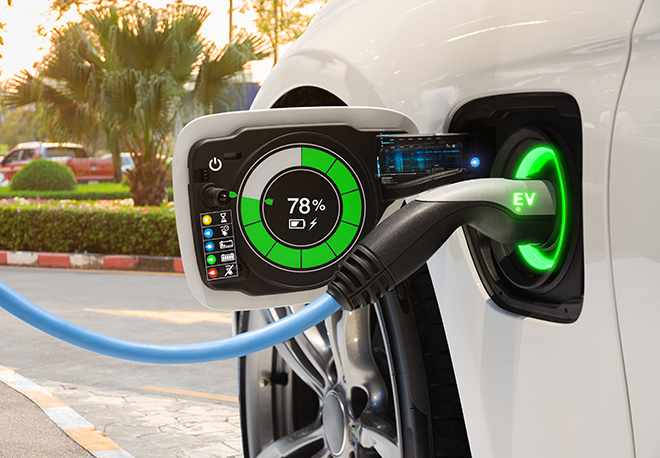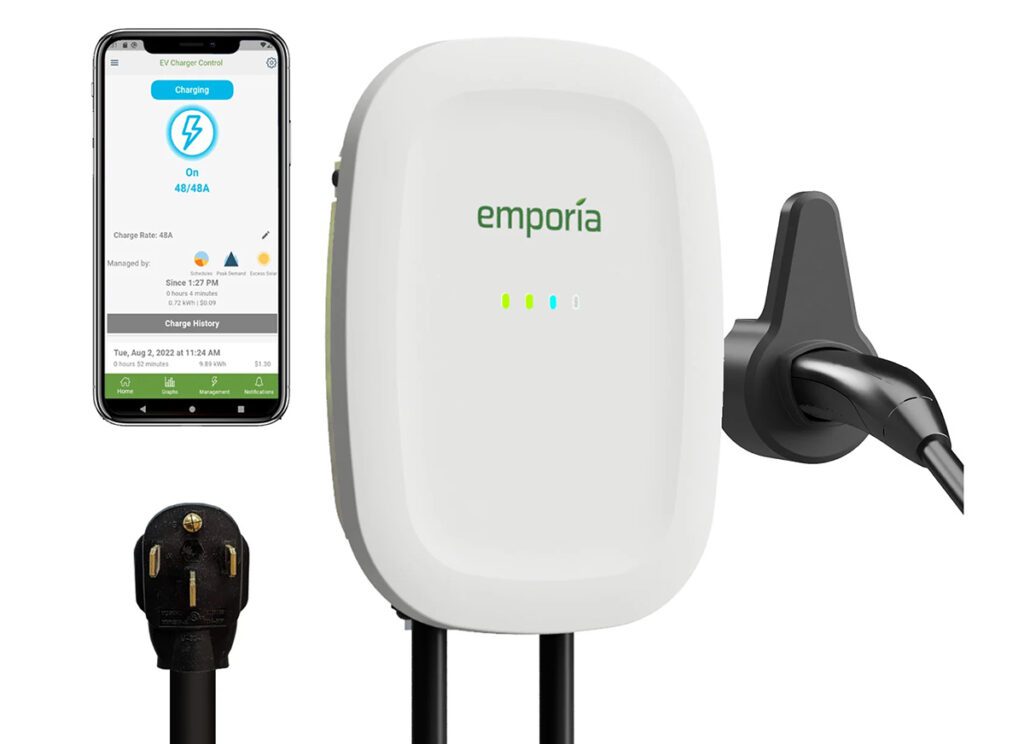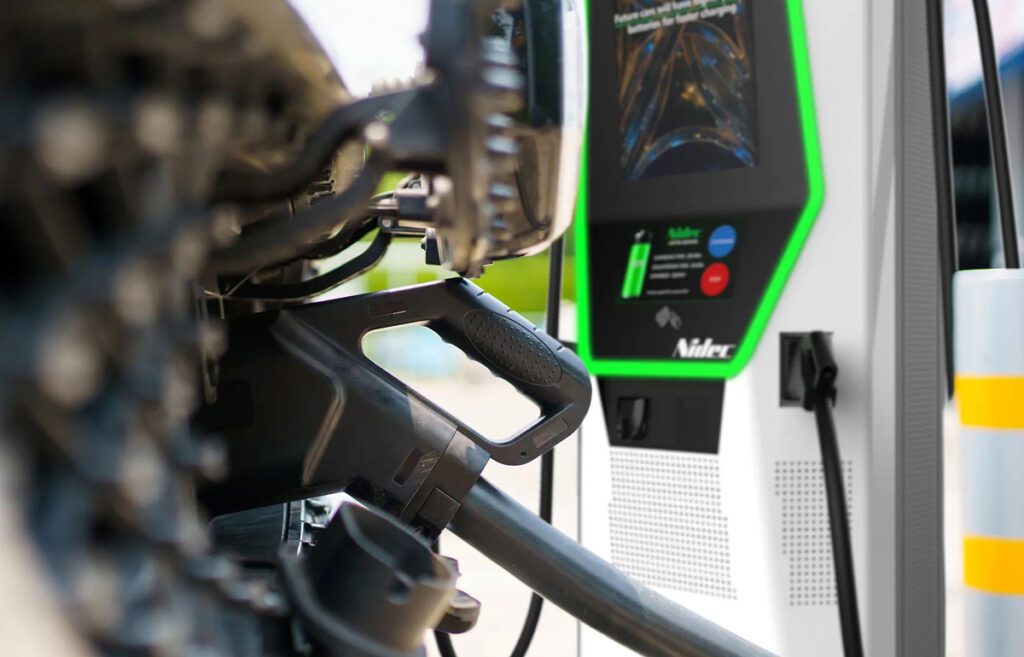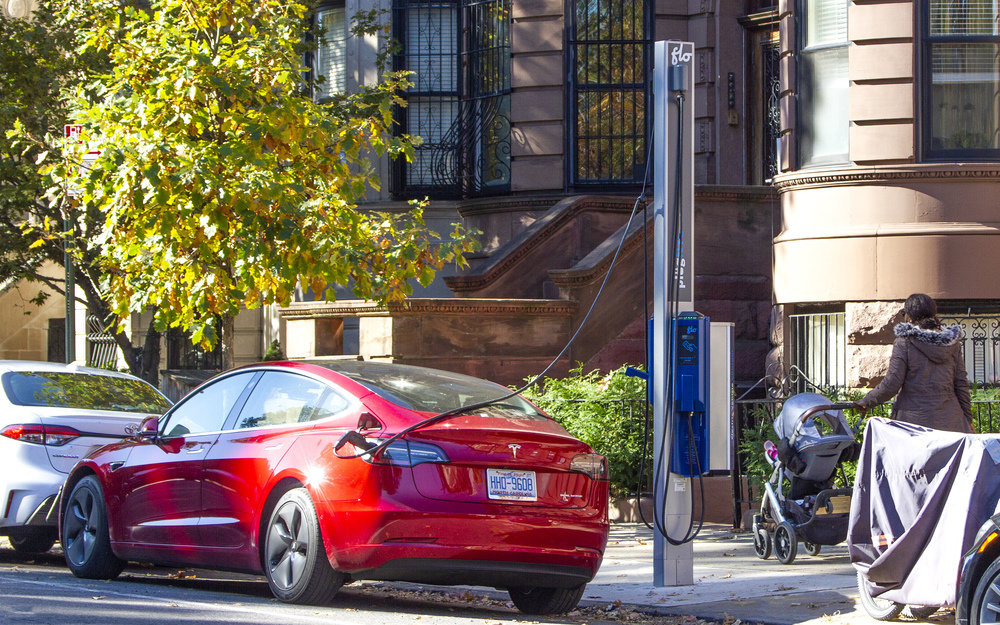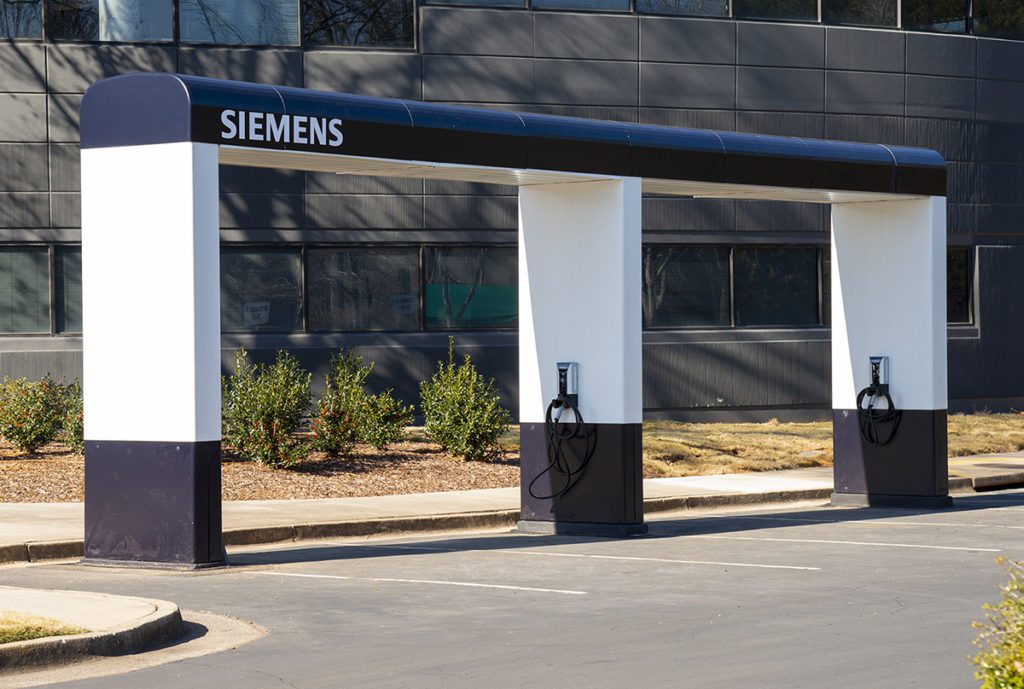An increasing number of utilities are offering time-of-use (TOU) rate plans, which incentivize EV owners to schedule charging at off-peak times. However, as Canary Media reports, some utilities require customers to install redundant separate electrical meters at their own expense in order to take part in TOU programs, even though many EV charging stations can perform the required submetering function.
The California Public Utilities Commission, which has been concerned about this issue for many years, has now approved a new rule that will require the state’s three biggest utilities to allow TOU customers to use their EV chargers to measure the amount of energy delivered.
As CPUC Commissioner Cliff Rechtschaffen explains, installing a separate meter can cost up to $2,000, and this has discouraged many customers from signing up for utility TOU rate programs. “Quite a large number have not been taking advantage of these EV rates,” he said. “The result is that they forgo very, very significant cost savings.”
“Most EV chargers right now come with the capability of submetering,” Rechtschaffen added.
Some utilities offer programs that enable managed EV charging without extra meters, says Edward Burgess, Senior Policy Director with the Vehicle-Grid Integration Council. One example is Baltimore Gas & Electric, which uses the metering capabilities within EV chargers for a time-of-use-based rebate program similar to California’s. Baltimore Gas & Electric, Xcel Energy in Minnesota, Florida Power & Light and several other utilities have partnered with Enel X Way to offer customers EV-only billing through Enel X Way’s JuiceBox residential chargers, said Marc Monbouquette, Senior Manager of Regulatory Affairs for Enel North America. He noted that 13 EVSE manufacturers have been certified under California standards, so there are plenty of compliant home chargers available.
Rechtschaffen says the CPUC did a lot of real-world testing to ensure that the metering capabilities of EV chargers were up to utility and state standards. “We did pilots for a number of years before this decision. We didn’t want to mandate it or roll it out until we were sure people were billed accurately for the electricity they used, no more and no less—and utilities want to be sure of that as well.”
The CPUC decision also sets communications protocols for charger submetering that are meant to ensure smooth communication between the chargers and utilities, Rechtschaffen said. This will allow utilities to gather usage data from drivers who are signed up for EV rates, and will “enable the kind of communication we need to promote vehicle-to-grid integration and the benefits that result from it.”
Source: Canary Media



